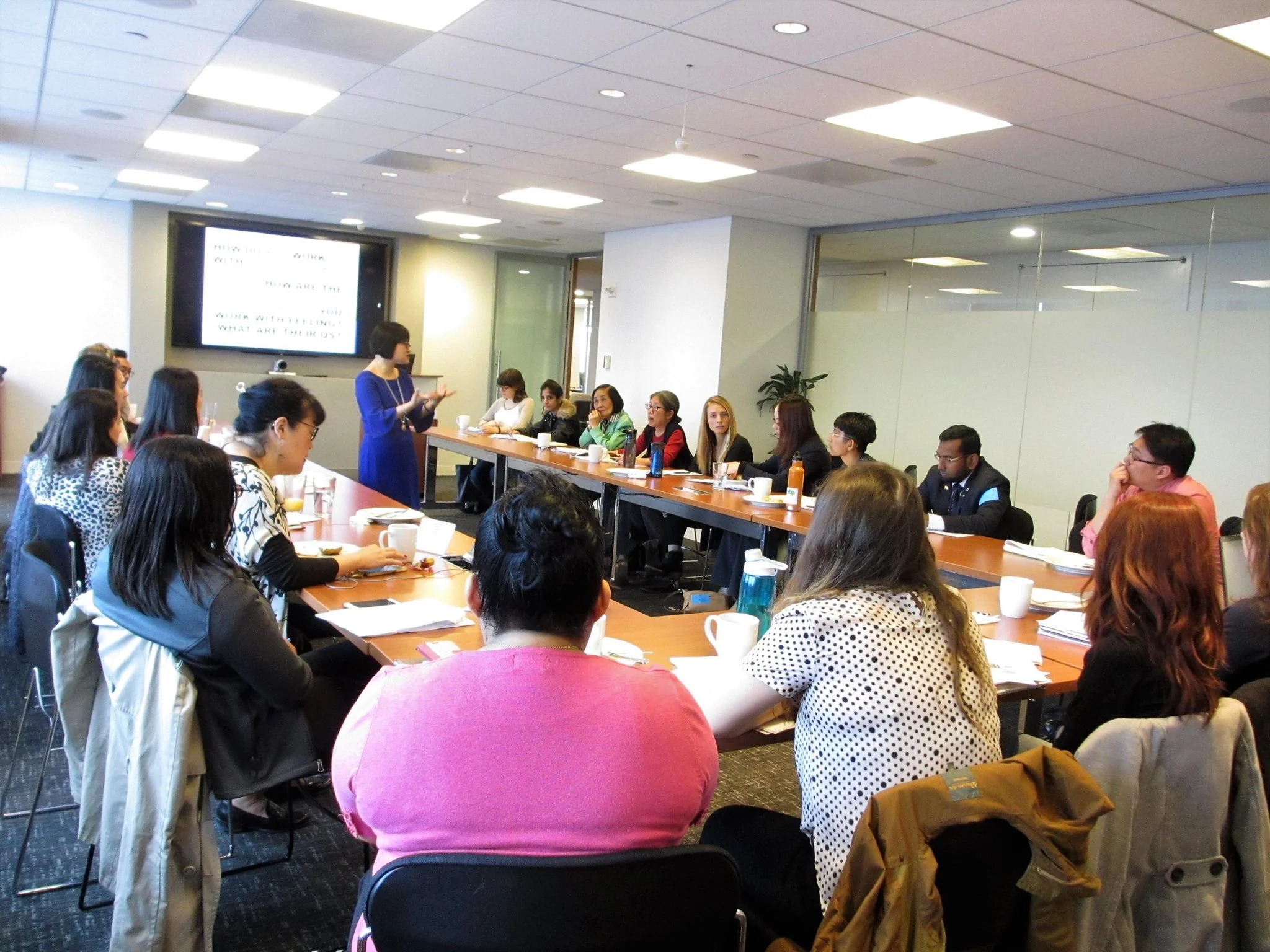The new wave of overt xenophobia has left many immigrants and refugees across the United States feeling stressed, scared, and vulnerable. It has also created a new level of urgency among the nonprofits that serve them, as well as new ideas for how to use philanthropy to support these communities in new ways.
Recently, the Center for Arab American Philanthropy (CAAP), part of the Arab Community Center for Economic and Social Services (ACCESS), launched its Building Blocks Fund for New Americans, a $100,000 campaign to support 25 Syrian refugee families in Southeast Michigan. “We decided no matter what was happening politically, refugee families need more help, and that’s the bottom line,” said Katy Hayek Asuncion, the organization’s donor services and program officer.
“We decided no matter what was happening politically, refugee families needed more help, and that’s the bottom line.”
The fund, which helps families with basic needs like money for clothes or rent or access to reliable transportation, drew immediate donor support, reaching its $100,000 goal within seven months, along with an additional $50,000 in in-kind donations. Many donors hailed from outside the Arab American community. “The fund opened our doors to a new group of donors of all backgrounds,” said Asuncion, including a group of Jewish American donors who raised money from their own networks to support one of the Syrian families. Twenty-one of those families are now self-sufficient, said Asuncion, and CAAP has already raised $50,000 toward a second campaign in Houston. “This fund is at the core of what we believe in as a foundation,” she said. “We can’t just do one campaign and stop.”
The Asian American Federation of New York felt a similar urgency to address the growing needs of local Asian communities. Rising micro-aggression against Asian American immigrants and federal policy shifts have left even longstanding community members afraid to visit senior centers, report crimes, seek medical help, or ask about their rights. “If you have questions about your immigration status, who do you trust?” said executive director Jo-Ann Yoo. “In every way we’re living in a climate of people denying themselves their rightful services.”
“Our goal, too, is to help very diverse communities see themselves as one community.”
The organization’s Asian American Newcomer Community Empowerment Initiative aims to help the nonprofits that serve Asian American refugees and recent immigrants become more robust and more visible. Through its initiative, the Asian American Federation has run dozens of workshops for nonprofit leaders and community groups on everything from understanding immigration policy changes and “lobbying for nonprofits” to building coalitions to respond to critical community needs. The organization also takes funders, elected officials, and mainstream media on “walking tours” of isolated Asian immigrant communities, helping raise awareness of both their contributions and their challenges. “The tours talk about the social services needs of the community, the infrastructure, the population, the economic development, housing—that entire range of what makes community,” said Yoo. “Many don’t even realize that these communities exist.”
Indeed, both organizations are working even harder these days to reshape perceptions about their communities. In November 2017, CAAP, along with ACCESS and its other two national institutions, will hold MOVE: An Arab American Summit to Advance Social Change. The event will provide space for artists, activists, scholars, philanthropists, and others to connect, learn, exchange ideas, and have critical conversations about issues affecting Arab Americans. “We really wanted to do something big that gives Arab Americans a platform and that draws our communities together,” said Asuncion. Added Yoo: “Our goal, too, is to help very diverse communities see themselves as one community. None is big enough to make systems changes on its own. But if you join forces, that’s how you impact policy. We’re always stronger together.”

